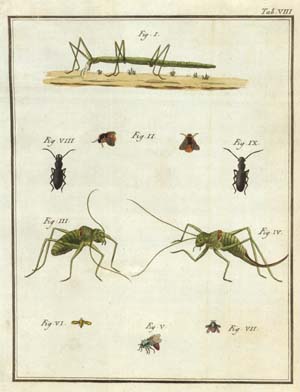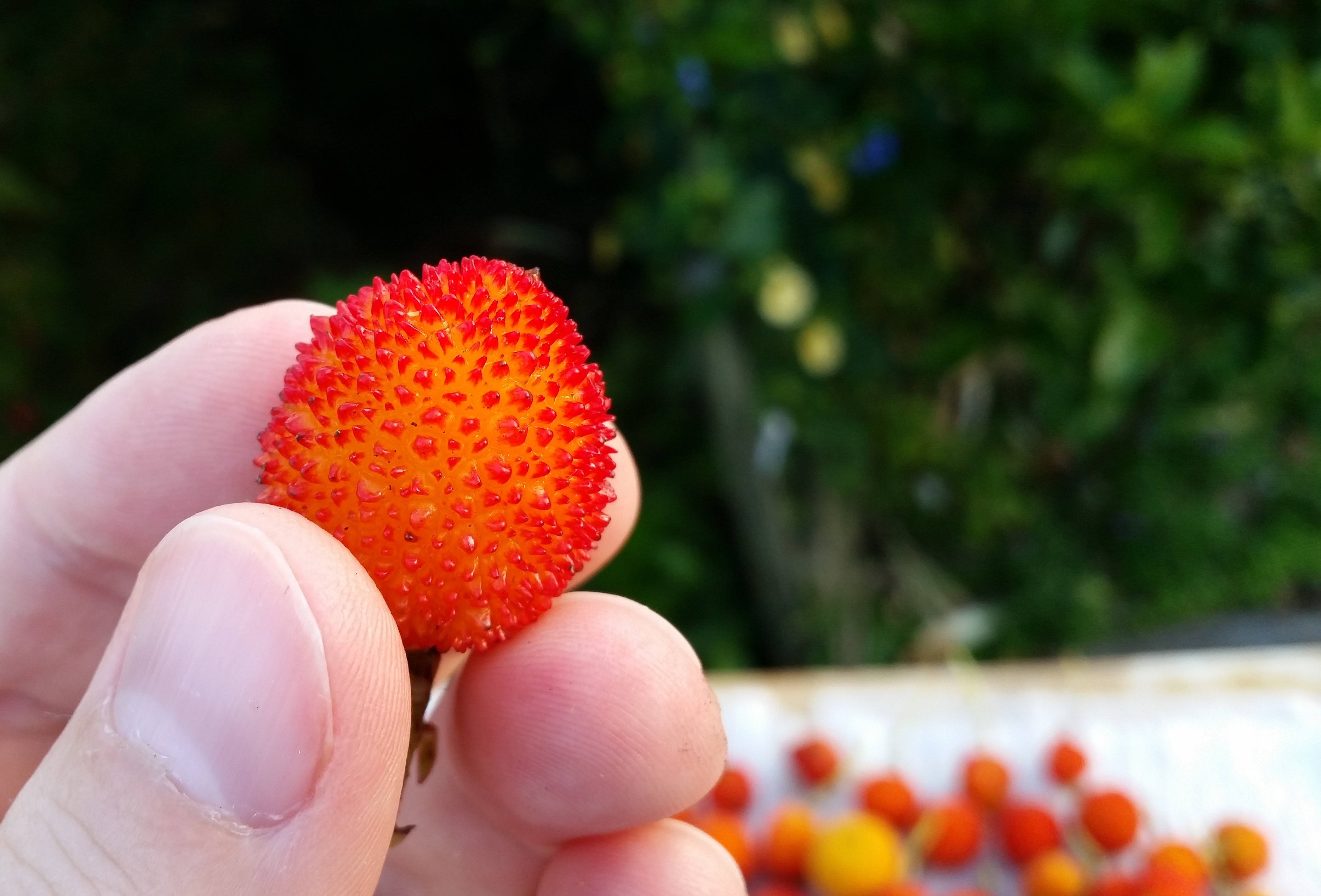|
Palpita Unionalis
''Palpita vitrealis'', common name jasmine moth or white pearl, is a species of moth of the family Crambidae. Distribution This species occurs worldwide, including Africa (Equatorial Guinea, Gambia, Kenya, Sierra Leone, South Africa), Asia, Australia and Europe. In , it is mainly found in southern Europe, but may be found further north. Fauna Europaea /ref> [...More Info...] [...Related Items...] OR: [Wikipedia] [Google] [Baidu] |
Pietro Rossi (scientist)
Pietro Rossi (23 January 1738 in Florence – 21 December 1804 in Pisa) was an Italian scientist and entomologist. Career Rossi's academic career was conducted at the University of Pisa, where he attained a doctorate in philosophy and medicine in 1759. He was then made a professor of logic in 1763, a position he held until 1801, when he finally received the chair for natural history with the special field "insectology", making him the world's first professor of entomology. His publications, particularly ''Fauna etrusca'' (1790) and ''Mantissa insectorum'' (1792), are considered pioneer achievements of entomology and still possess scientific validity in the fields of taxonomy and biological nomenclature. Parts of his collection were once in the possession of Johann Christian Ludwig Hellwig in Braunschweig; these are now in the Natural History Museum of Berlin. In 1793, he was elected a foreign member of the Royal Swedish Academy of Sciences. After his death, the ''Museo entomo ... [...More Info...] [...Related Items...] OR: [Wikipedia] [Google] [Baidu] |
Jasminum Officinale
''Jasminum officinale'', known as the common jasmine or simply jasmine, is a species of flowering plant in the olive family Oleaceae. It is native to the Caucasus and parts of Asia, also widely naturalized. It is also known as summer jasmine, poet's jasmine, white jasmine, true jasmine or jessamine, and is particularly valued by gardeners throughout the temperate world for the intense fragrance of its flowers in summer. It is also the National flower of Pakistan. Description ''Jasminum officinale'' is a vigorous, twining deciduous climber with sharply pointed pinnate leaves and clusters of starry, pure white flowers in summer, which are the source of its heady scent. The leaf has 5 to 9 leaflets. Etymology The Latin specific epithet ''officinale'' means "useful". Distribution It is found in the Caucasus, northern Iran, Afghanistan, Pakistan, the Himalayas, Tajikistan, India, Nepal and western China (Guizhou, Sichuan, Xizang (Tibet), Yunnan). The species is also widely cul ... [...More Info...] [...Related Items...] OR: [Wikipedia] [Google] [Baidu] |
Cosmopolitan Moths
Cosmopolitan may refer to: Food and drink * Cosmopolitan (cocktail), also known as a "Cosmo" History * Rootless cosmopolitan, a Soviet derogatory epithet during Joseph Stalin's anti-Semitic campaign of 1949–1953 Hotels and resorts * Cosmopolitan of Las Vegas, a luxury resort casino and hotel in Las Vegas, Nevada, which opened in December 2010 * Cosmopolitan Hotel in Hong Kong Internationalism * World citizen, one who eschews traditional geopolitical divisions derived from national citizenship * Cosmopolitanism, the idea that all of humanity belongs to a single moral community * Cosmopolitan localism, a way of linking local communities in global networks that bring production and consumption closer together Media * ''Cosmopolitan'' (magazine), a magazine for women, sometimes referred to as "''Cosmo''" * ''Cosmopolitan'' (film), a 2003 film starring Roshan Seth * Cosmopolitan Television, a satellite/cable television channel * Cosmopolitan Productions, a defunct United Stat ... [...More Info...] [...Related Items...] OR: [Wikipedia] [Google] [Baidu] |
Palpita
''Palpita'' is a genus of moths of the family Crambidae. Members of the moth genus '' Stemorrhages'' may be very similar in appearance. Species *''Palpita aenescentalis'' Munroe, 1952 *'' Palpita aethrophanes'' (Meyrick, 1934) *'' Palpita albifulvata'' Kirti & Rose, 1992 *'' Palpita angusta'' Inoue, 1997 *''Palpita annulata'' (Fabricius, 1794) *''Palpita annulifer'' Inoue, 1996 *'' Palpita approximalis'' (Hampson, 1918) *'' Palpita argoleuca'' (Meyrick, 1938) *''Palpita arsaltealis'' (Walker, 1859) *''Palpita asiaticalis'' Inoue, 1994 *'' Palpita aureolina'' Inoue, 1997 *'' Palpita australica'' Inoue, 1996 *'' Palpita austrannulata'' Inoue, 1996 *''Palpita austrounionalis'' Inoue, 1997 *'' Palpita bakerialis'' (Schaus, 1927) *'' Palpita bambusalis'' (Moore, 1888) *'' Palpita bicornuta'' Inoue, 1996 *''Palpita bonjongalis'' *''Palpita braziliensis'' Munroe, 1959 *''Palpita brevimarginata'' (Janse, 1924) *''Palpita candicantis'' Inoue, 1997 *'' Palpita candidalis'' (Dognin, 1904 ... [...More Info...] [...Related Items...] OR: [Wikipedia] [Google] [Baidu] |
Randia Scortechinii
''Randia'' can refer to : * ''Randia'' (bird), a monotypic genus of bird containing a single species, ''Randia pseudozosterops'', also known as Rand's warbler * ''Randia'' (plant), a genus of plants of the family Rubiaceae * r/India, a subreddit on the social site Reddit Reddit (; stylized in all lowercase as reddit) is an American social news aggregation, content rating, and discussion website. Registered users (commonly referred to as "Redditors") submit content to the site such as links, text posts, images .... See also * Randhia, a village and former princely state in Kathiawar, Gujarat, India {{Disambiguation, genus ... [...More Info...] [...Related Items...] OR: [Wikipedia] [Google] [Baidu] |
Schima Noronhae
''Schima'' is a genus of evergreen trees belonging to the tea family, Theaceae. The genus inhabits warm temperate to subtropical climates across southern and southeastern Asia, from the eastern Himalaya of Nepal and eastern India across Indochina, southern China, Taiwan, and the Ryukyu Islands. There are about 20 species, including six species endemic to China. Fossil record Fossil fruits of ''Schima'' have been described as †''Schima nanlinensis'', from the Miocene of Nanlin Formation in Longchuan Basin, Dehong Autonomous Prefecture, Yunnan Province, China. The fossil fruits are 5-loculed capsules with flat reniform seeds. The genus ''Schima'' is known as fossils from the Palaeogene and Neogene of Germany and Austria. †''Schima nanlinensis'' represents the first fossil record of the genus in Asia.Fruits of Schima (Theaceae) and seeds of Toddalia (Rutaceae) from the Miocene of Yunnan Province, China by Ya Li, Jian Yang, Nilamber Awasthi and Cheng-Sen Li in Review of Palae ... [...More Info...] [...Related Items...] OR: [Wikipedia] [Google] [Baidu] |
Helicteres Isora
''Helicteres isora'', sometimes called the Indian screw tree, is a small tree or large shrub found in southern Asia and northern Oceania. It is usually assigned to the family Malvaceae, but it is sometimes assigned to the family Sterculiaceae. The red flowers are pollinated mainly by sunbirds, butterflies, and Hymenoptera.Warrier, P. K., Nambiar, V. P. K., & Ramankutty, C. (1994). Indian medicinal plants: A compendium of 500 species (Vol. 3). Orient Blackswan. 132-135Ahuja BS. Medicinal plants of Saharanpur (1965), Vedicbooks.net, 40-41Kirtikar KR, Basu BD. (1995) Indian medicinal plants. Vol. 1. Dehradun, India: International book distributors; 371–2Trivedi PC, Ethanobotany,2002; Sur, RR and Halder AC; 146-168 In the 19th century fibers from the bark were used to make rope and sacks, although nowadays the tree is harvested for the fruits and roots which are used in folk medicine. Common names *Sanskrit - Avartani, avartphala *Hindi - Marorphali (मरोड़ फली ), b ... [...More Info...] [...Related Items...] OR: [Wikipedia] [Google] [Baidu] |
Grewia
''Grewia'' is a large flowering plant genus in the mallow family Malvaceae, in the expanded sense as proposed by the Angiosperm Phylogeny Group. Formerly, Grewia was placed in either the family Tiliaceae or the Sparrmanniaceae. However, these were both not monophyletic with respect to other Malvales - as already indicated by the uncertainties surrounding placement of ''Grewia'' and similar genera - and have thus been merged into the Malvaceae. Together with the bulk of the former Sparrmanniaceae, ''Grewia'' is in the subfamily Grewioideae and therein the tribe Grewieae, of which it is the type genus. The genus was named by Carl Linnaeus, in honor of the botanist Nehemiah Grew (1641-1712) from England. Grew was one of the leading plant anatomists and microscope researchers of his time, and his study of pollen laid the groundwork for modern-day palynology. Ecology and uses Several Lepidoptera caterpillars are found to feed on ''Grewia'' species. These include the common nawab ( ... [...More Info...] [...Related Items...] OR: [Wikipedia] [Google] [Baidu] |
Sida Rhombifolia
''Sida rhombifolia'', commonly known as arrowleaf sida, is a perennial or sometimes annual plant in the Family Malvaceae, native to the Old World tropics and subtropics. Other common names include rhombus-leaved sida, Paddy's lucerne, jelly leaf, and also somewhat confusingly as Cuban jute, Queensland-hemp, and Indian hemp (although ''S. rhombifolia'' is not closely related to either jute or hemp). Synonyms include ''Malva rhombifolia''. It is used in Ayurvedic medicine, where it is known as kurumthotti. Description The stems are erect to sprawling and branched, growing 50 to 120 centimeters in height, with the lower sections being woody. The dark green, diamond-shaped leaves are arranged alternately along the stem, 4 to 8 centimeters long, with petioles that are less than a third of the length of the leaves. The leaves are paler below, with short, grayish hairs. The apical half of the leaves have toothed or serrated margins while the remainder of the leaves are entire (u ... [...More Info...] [...Related Items...] OR: [Wikipedia] [Google] [Baidu] |
Olea Europaea
The olive, botanical name ''Olea europaea'', meaning 'European olive' in Latin, is a species of small tree or shrub in the family Oleaceae, found traditionally in the Mediterranean Basin. When in shrub form, it is known as ''Olea europaea'' 'Montra', dwarf olive, or little olive. The species is cultivated in all the countries of the Mediterranean, as well as in Australia, New Zealand, North and South America and South Africa. ''Olea europaea'' is the type species for the genus ''Olea''. The olive's fruit, also called an "olive", is of major agricultural importance in the Mediterranean region as the source of olive oil; it is one of the core ingredients in Mediterranean cuisine. The tree and its fruit give their name to the plant family, which also includes species such as lilac, jasmine, forsythia, and the true ash tree. Thousands of cultivars of the olive tree are known. Olive cultivars may be used primarily for oil, eating, or both. Olives cultivated for consumption ar ... [...More Info...] [...Related Items...] OR: [Wikipedia] [Google] [Baidu] |
Arbutus Unedo
''Arbutus unedo'' is an evergreen shrub or small tree in the family Ericaceae, native to the Mediterranean region and western Europe. The tree is well known for its fruits, which bear some resemblance to the strawberry — hence the common name "strawberry tree". However, it is not closely related to true strawberries of the genus ''Fragaria''. Its presence in Ireland also lends it the moniker "Irish strawberry tree", or cain, or cane apple (from the Irish name for the tree, ''caithne''), or sometimes "Killarney strawberry tree". The strawberry tree is the national tree of Italy because of its green leaves, its white flowers and its red berries, colors that recall the Italian flag. Taxonomy ''Arbutus unedo'' was one of the many species described by Carl Linnaeus in Volume One of his landmark 1753 work ''Species Plantarum'', giving it the name it still bears today. A study published in 2001 which analyzed ribosomal DNA from ''Arbutus'' and related genera found ''Arbutus'' to b ... [...More Info...] [...Related Items...] OR: [Wikipedia] [Google] [Baidu] |
Forsythia
''Forsythia'' , is a genus of flowering plants in the olive family Oleaceae. There are about 11 species, mostly native to eastern Asia, but one native to southeastern Europe. ''Forsythia'' – also one of the plant's common names – is named after William Forsyth.Flora of China''Forsythia''/ref>Flora Europaea''Forsythia''/ref>St Andrews Botanic Garden Description ''Forsythia'' are deciduous shrubs typically growing to a height of and, rarely, up to with rough grey-brown bark. The leaves are borne oppositely and are usually simple, though sometimes trifoliate with a basal pair of small leaflets; they range between in length and, rarely, up to , with a margin that is serrated or entire (smooth). Twigs may be hollow or chambered, depending on the species. The flowers are produced in the early spring before the leaves, bright yellow with a deeply four-lobed flower, the petals joined only at the base. These become pendent in rainy weather thus shielding the reproductive ... [...More Info...] [...Related Items...] OR: [Wikipedia] [Google] [Baidu] |
.jpg)



.jpg)

